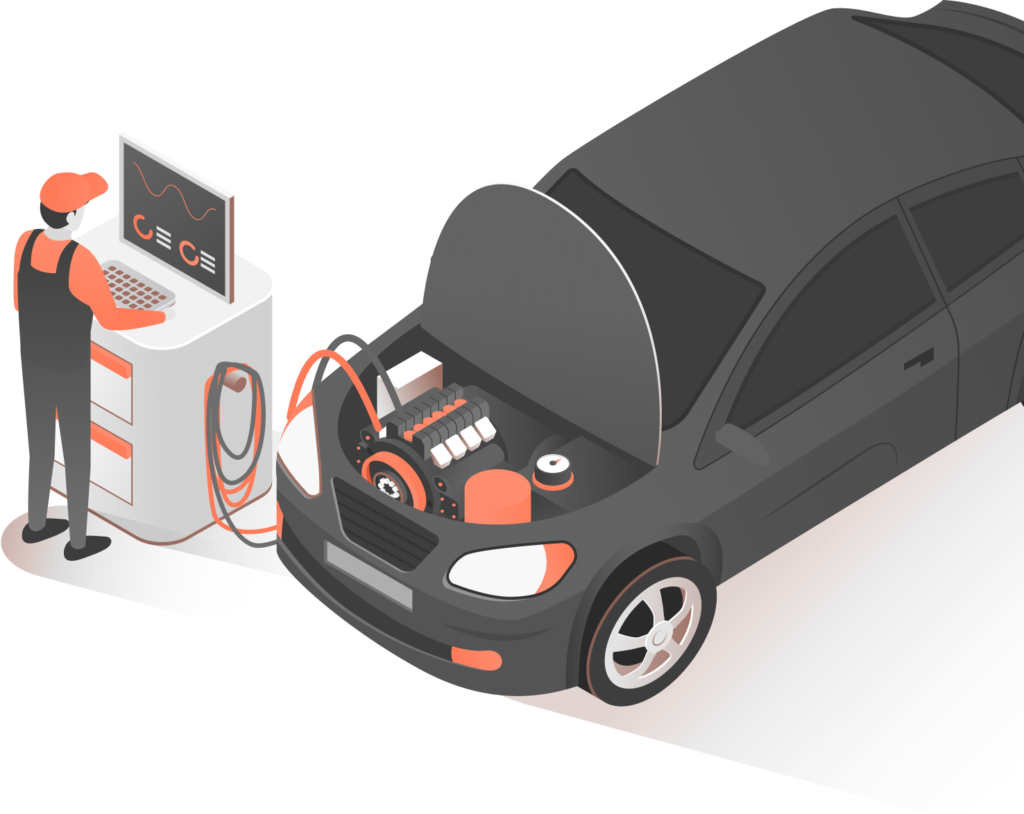The coolant reservoir, also known as a coolant expansion tank, is a storage receptacle for excess engine coolant, or “antifreeze”. The reservoir also allows coolant to expand as it heats up without creating excessive pressure in the system.
As engine temperatures rise, the coolant inside the engine block expands and causes pressure to increase within the cooling system. Typically mounted near the radiator, the coolant reservoir creates a cavity into which the coolant can expand. When the engine temperature drops, the radiator draws coolant out of the reservoir, keeping the fluid level balanced in the system and air out of the system.
The procedure to replace a coolant reservoir will differ from one vehicle make and model to another, although the steps are similar. With some vehicles, it may be necessary to remove components in the engine compartment for access to the reservoir. In any case, a technician must allow the engine temperature to drop before working on the cooling system to prevent serious injury from scalding hot pressurized steam.
Once the engine has cooled down, the steps to remove and replace the reservoir include:






This is demo Question
This is demo Answer

